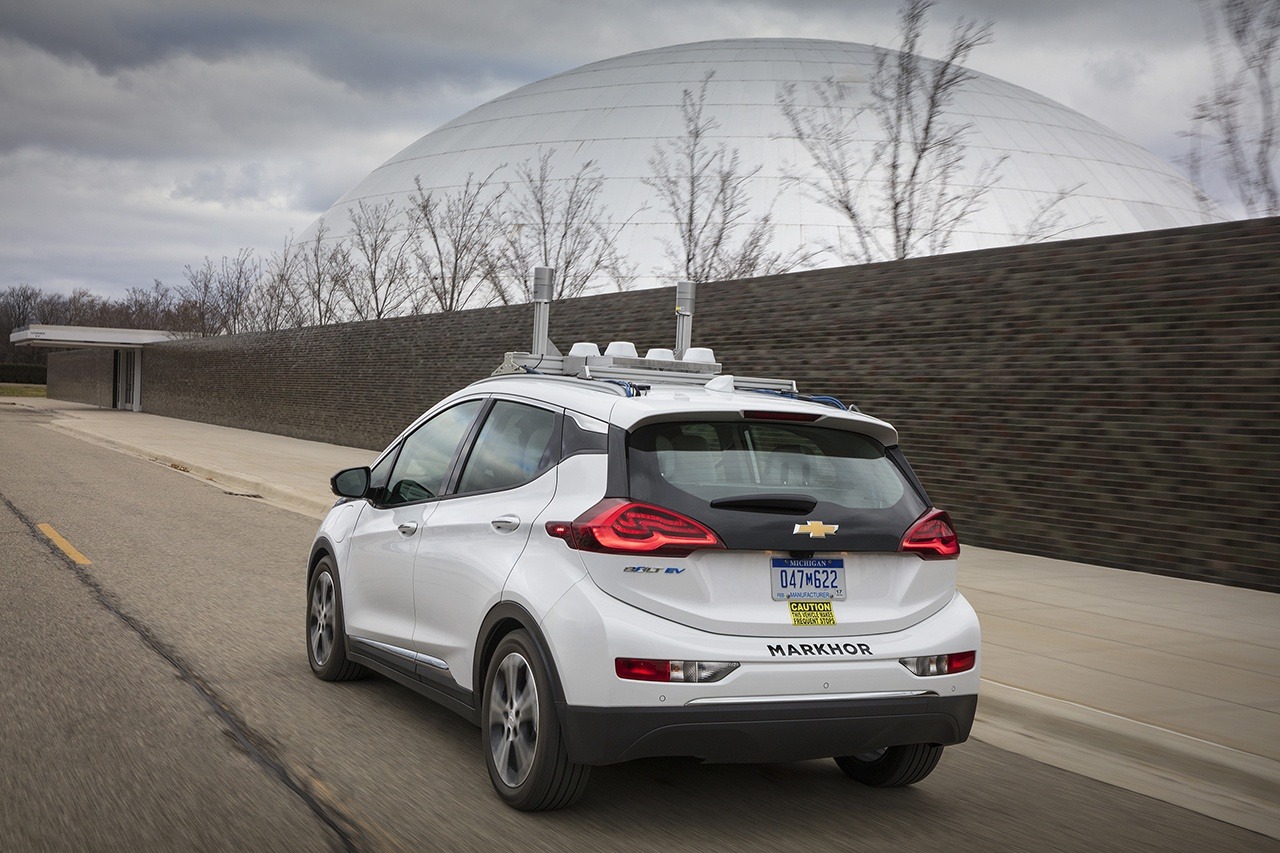Search the Community
Showing results for tags 'weather'.
-
Developing autonomous vehicles in sunny, dry locales like Phoenix, Arizona has proven to be difficult due to numerous variables such as traffic and human behavior. But an upcoming study from Michigan State University reveals that autonomous technologies still have a number of hurdles as testing begins in areas with changing conditions. Automotive News had the chance to speak with Hayder Radha, an MSU professor of electrical and computer engineering who oversaw the upcoming study. The findings reveal that the algorithms that are used to distill the various bits of information coming from the cameras and radar/lidar sensors have issues when it lightly rains. "When we run these algorithms, we see very noticeable, tangible degradation in detection. Even low-intensity rain can really create some serious problems, and as you increase the intensity, the performance of what we consider state-of-the-art mechanisms can almost become paralyzed," said Radha. "Once you throw in a few drops of rain, they get confused. It's like putting eyedrops in your eye and expecting to see right away." Researchers looked at various parameters in their study, including the size of the raindrops and the effect of wind. Using a scale that ranged from a clear day to a major downpour, the study revealed that algorithms failed to detect as much "as 20 percent of objects when the rain intensity was 10 percent of the worst-case scenario." This increased to 40 percent when the intensity of the rain increased to 30 percent. Other weather-related issues that were revealed in MSU's study, The high-resolution maps that autonomous systems to determine their location may need to be updated due to the changing seasons. "You can imagine in environments where there are a lot of leaves on trees or on shrubs close to the road, they are an essential part of the map. So summer and winter are completely different. When they fall down in winter, you have nothing to work with. So that tells you that for this technology to be robust, it needs to be developed in different conditions than you see only in Arizona and Silicon Valley," explained Radha. Cold temperatures play havoc with lidar sensors. The study reveals that the amount of "poor-quality or irrelevant returns from lidar sensors" increased as if the temperature was at 10 degrees Fahrenheit or less. Some of these issues can be addressed by getting more information from radar and lidar as engineers develop various ways to use them to classify objects. But Radha explains the big improvements will come when self-driving tech is tested in other locations such as Michigan and Pittsburgh to name a couple. Source: Automotive News (Subscription Required) View full article
- 8 replies
-
- self-driving vehicles
- study
-
(and 1 more)
Tagged with:
-

Crummy Weather May Pose Big Issues for Self-Driving Cars
William Maley posted an article in Automotive Industry
Developing autonomous vehicles in sunny, dry locales like Phoenix, Arizona has proven to be difficult due to numerous variables such as traffic and human behavior. But an upcoming study from Michigan State University reveals that autonomous technologies still have a number of hurdles as testing begins in areas with changing conditions. Automotive News had the chance to speak with Hayder Radha, an MSU professor of electrical and computer engineering who oversaw the upcoming study. The findings reveal that the algorithms that are used to distill the various bits of information coming from the cameras and radar/lidar sensors have issues when it lightly rains. "When we run these algorithms, we see very noticeable, tangible degradation in detection. Even low-intensity rain can really create some serious problems, and as you increase the intensity, the performance of what we consider state-of-the-art mechanisms can almost become paralyzed," said Radha. "Once you throw in a few drops of rain, they get confused. It's like putting eyedrops in your eye and expecting to see right away." Researchers looked at various parameters in their study, including the size of the raindrops and the effect of wind. Using a scale that ranged from a clear day to a major downpour, the study revealed that algorithms failed to detect as much "as 20 percent of objects when the rain intensity was 10 percent of the worst-case scenario." This increased to 40 percent when the intensity of the rain increased to 30 percent. Other weather-related issues that were revealed in MSU's study, The high-resolution maps that autonomous systems to determine their location may need to be updated due to the changing seasons. "You can imagine in environments where there are a lot of leaves on trees or on shrubs close to the road, they are an essential part of the map. So summer and winter are completely different. When they fall down in winter, you have nothing to work with. So that tells you that for this technology to be robust, it needs to be developed in different conditions than you see only in Arizona and Silicon Valley," explained Radha. Cold temperatures play havoc with lidar sensors. The study reveals that the amount of "poor-quality or irrelevant returns from lidar sensors" increased as if the temperature was at 10 degrees Fahrenheit or less. Some of these issues can be addressed by getting more information from radar and lidar as engineers develop various ways to use them to classify objects. But Radha explains the big improvements will come when self-driving tech is tested in other locations such as Michigan and Pittsburgh to name a couple. Source: Automotive News (Subscription Required)- 8 comments
-
- self-driving vehicles
- study
-
(and 1 more)
Tagged with:


